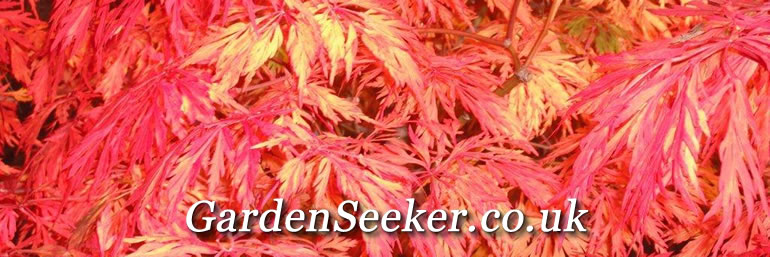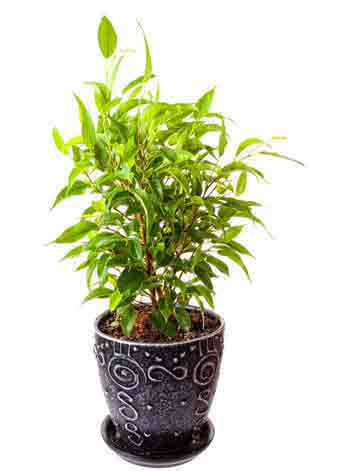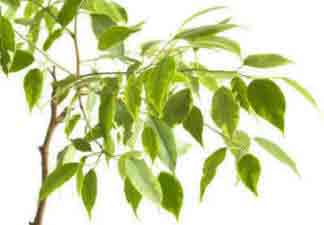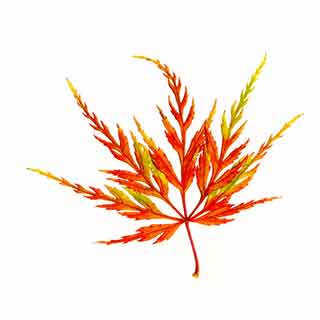

Why the common name 'Weeping Fig' when it looks nothing like a Fig tree? Because it is actually a member of the Fig family - Ficus - and if you ever see one with their small berry fruits, you will soon see that they are very similar to Figs - but much smaller.
In tropical areas it grows to an attractive – if problematic – weeping tree some 30 meters tall. The dense canopy of evergreen foliage prevents much from growing below – as does the very invasive root system, that can lift patio paving and even damage roads where planted as a roadside tree. The root system of Ficus benjamina is probably the source of it’s rather unflattering description as a ‘strangler’ tree!
But here we talk of one of the most used and decorative houseplants in temperate areas – the Weeping Fig.
 As
a Houseplant. This Ficus has small, glossy green
leaves - with a cream margin on the variegated form. The name
‘Weeping fig’ refers to the nature of its stems, which hang
down, and the leaves dangling from these stems. The Ficus
benjamina is grown in a variety of forms, sometimes in a regular
bushy plant shape, sometimes as a quarter-standard mop-head, and
sometimes with a plaited stem or a twisted stem.
As
a Houseplant. This Ficus has small, glossy green
leaves - with a cream margin on the variegated form. The name
‘Weeping fig’ refers to the nature of its stems, which hang
down, and the leaves dangling from these stems. The Ficus
benjamina is grown in a variety of forms, sometimes in a regular
bushy plant shape, sometimes as a quarter-standard mop-head, and
sometimes with a plaited stem or a twisted stem.
Ficus benjamina is very tolerant of most growing conditions
in most houses – thereby making it an ideal choice for a
largish, specimen houseplant.
This Ficus originates from South Asia, and appreciates good
light, including some direct sun. A free-draining potting mix is
essential.
The Weeping fig is best grown at normal room temperature but
with high humidity through the growing season. Only
moderate
watering required with a liquid feed every couple of weeks
during the growing season. Reduce watering in winter. There is
little to be gained from trying to increase humidity by misting,
for its drooping branches would need near soaking for this to be
of use. Together with that, tap water from lime areas can leave
a deposit on the otherwise glossy foliage.
If growing to any appreciable size, it will need a large pot
to accommodate the root system, and also to prevent the plant
from falling over if it tends to grow to one side.
If growing the Ficus
as a mop-head form, clip regularly to maintain a neat
appearance. Be aware of the milky sap, which if allowed to drip
from pruning wounds, can leave a mess under!
Ficus benjamina is one of a select group of houseplants that
can remove some noxious gasses from the air. Those gasses
associated with cavity wall insulation – Formaldehyde for
instance, can be absorbed by the plant.
The easiest way by far for just a few plants, is by air layering. Otherwise, if you have a heated propagator, softwood or semi ripe cuttings in the active growing period are successful.

Left image : The variegated form of the Ficus benjamina - Elegantissima' Right image : Shows the invasive root system of the Weeping Fig when grown as a large tree in tropical areas.
